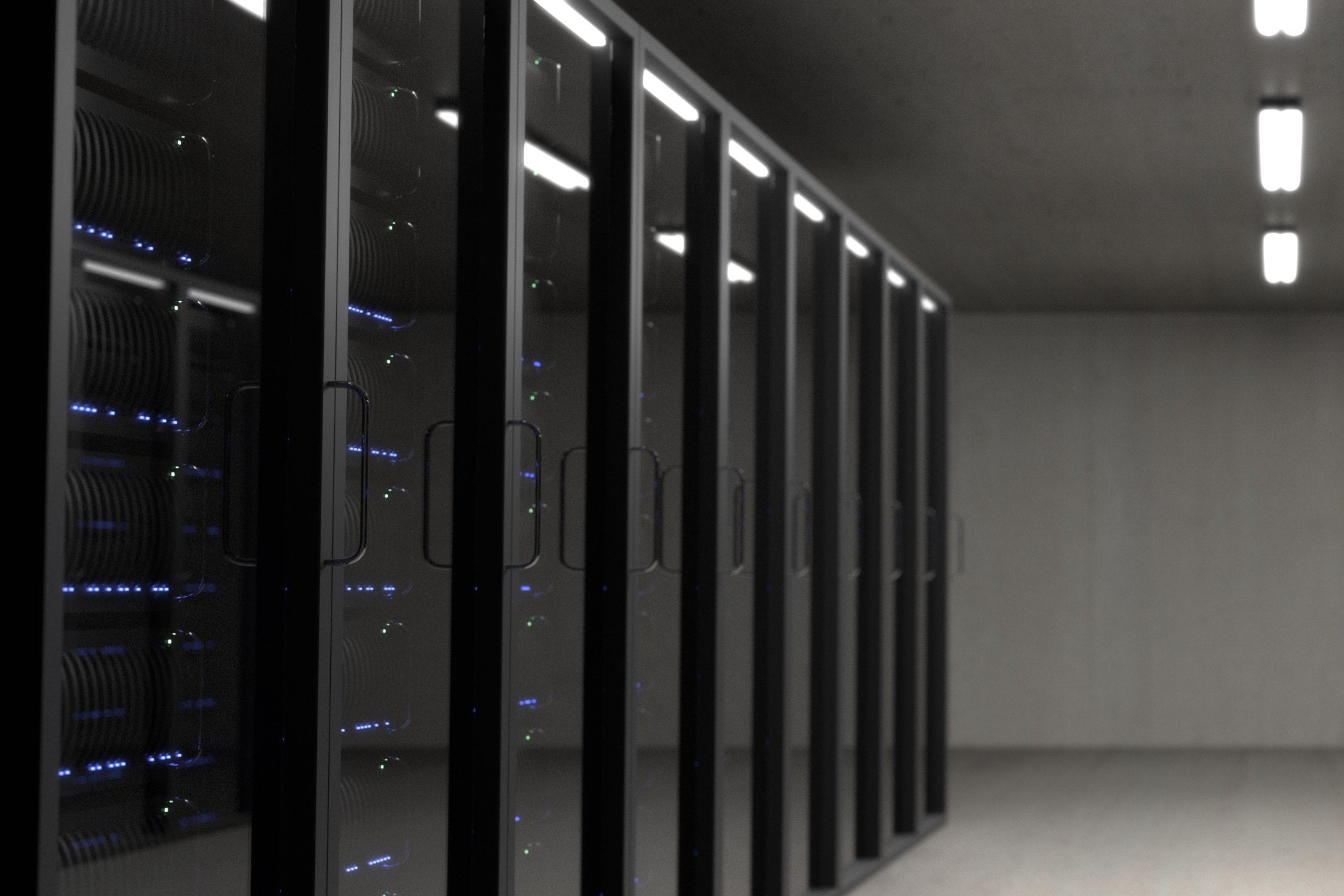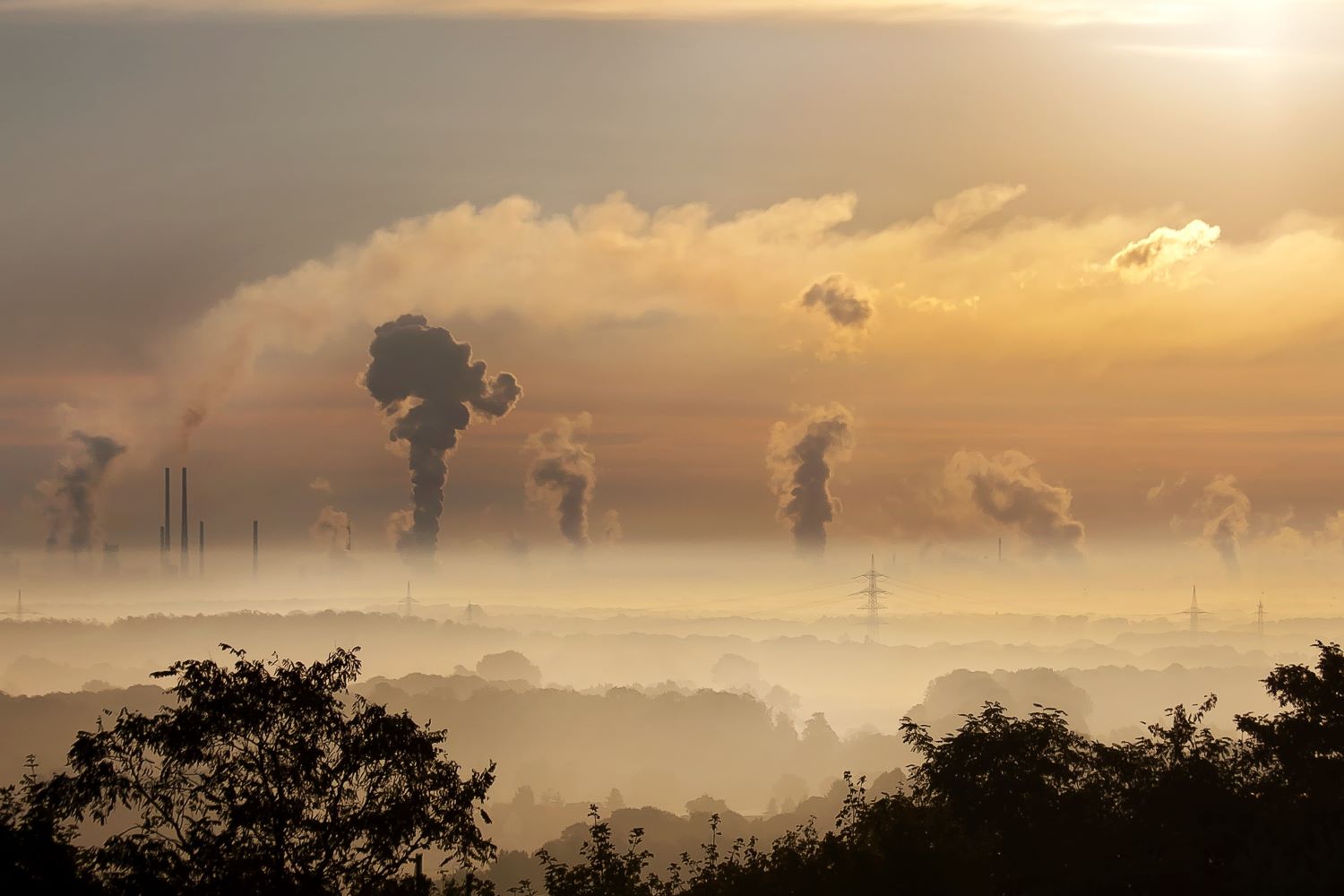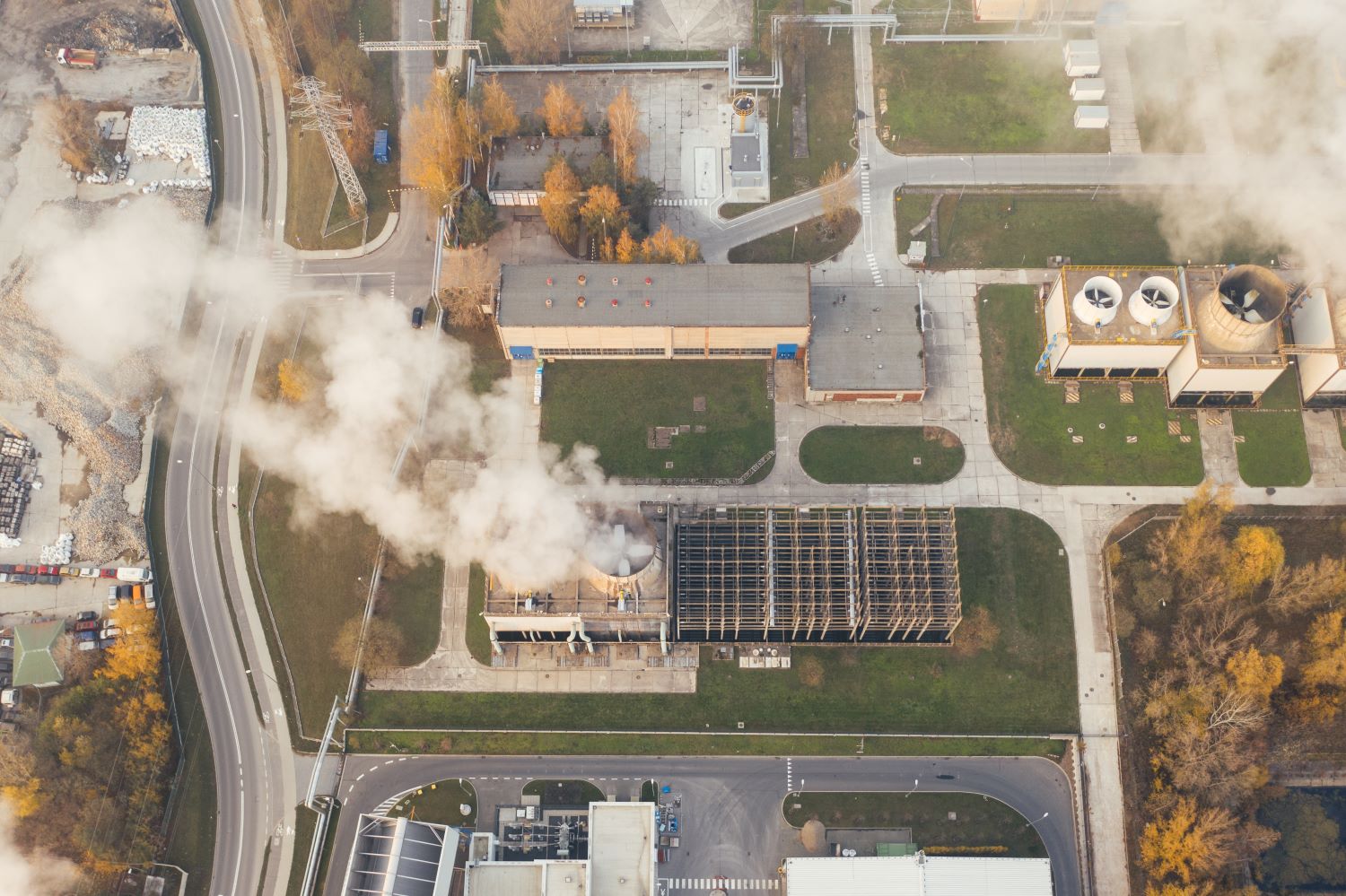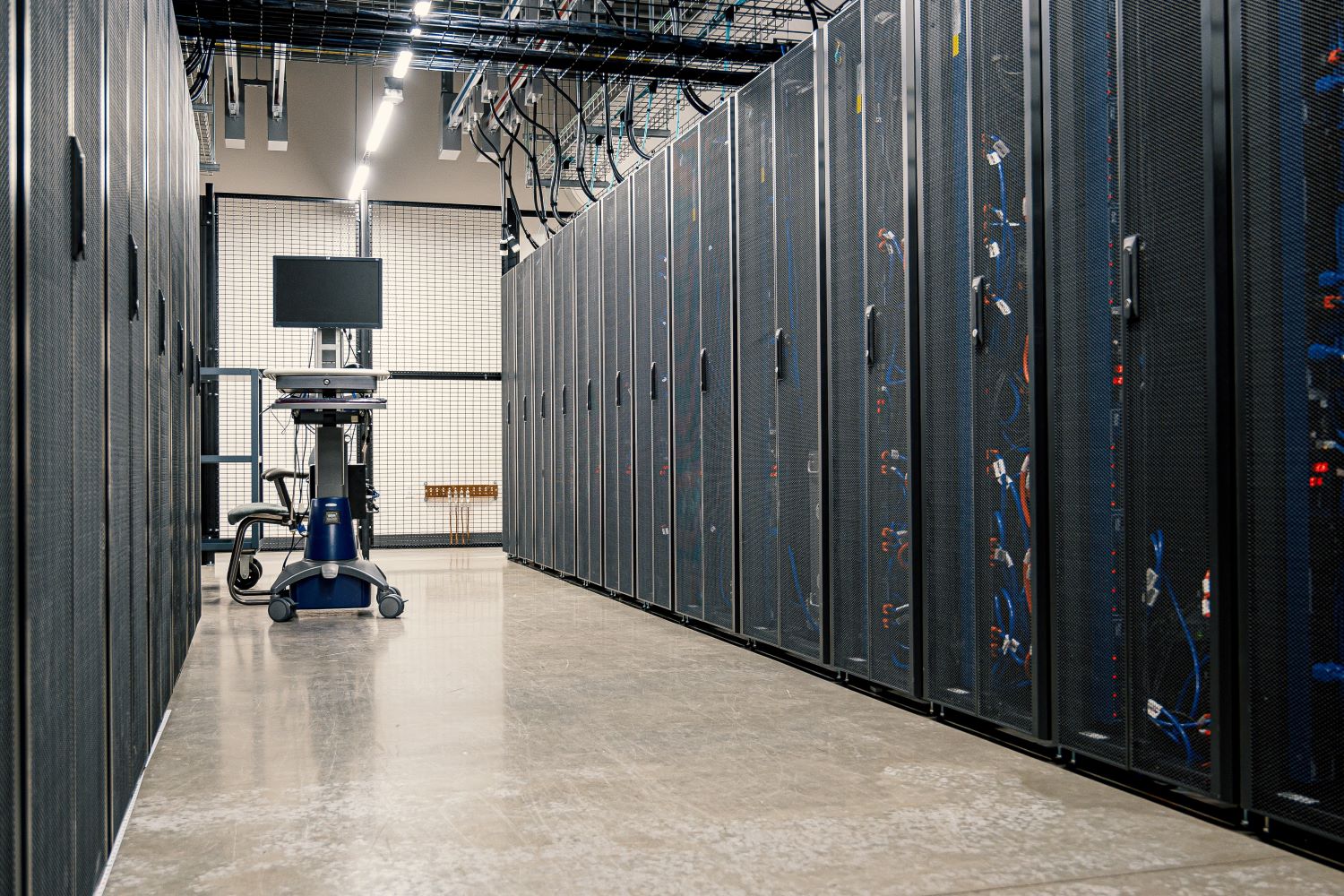Ever since the Industrial Revolution, progress and ecology seem to be constantly at odds.
Since progress shows no signs of stopping, technologies that used to be brand new just 5 years ago, often become outdated and obsolete.
How about the latest achievement? Of course, we’re talking about AI.
Many of us have no idea AI or Artificial Intelligence has been around for quite some time now. We mostly associate it with the launch and quick rise to fame of the now worldwide sensation - Chat GPT.

No wonder – it’s a real disruptor with the potential to change the trajectory and direction of humanity, at least according to a number of scientists. We’re still in the early stages, but everyone seems to be completely mesmerized by the abilities and opportunities AI offers.
There are some ethical issues raised here and there, and we keep hearing a lot of voices warning about the dangers of these new technologies.
But there’s one more issue, we often fail to consider. It’s the environmental impact.
More Than Meets the Eye
There’s a good reason why this isn’t exactly the number one concern for most of us. And frankly speaking – it couldn't be. It’s because we don’t even know about it. Lack of awareness, as it often happens, can lead to truly dire consequences.
On top of everything else we’re dealing with, the rapidly growing new technologies are actually making things even worse for the environment.
How? To be honest – this is nothing new.

The problem has been there for a while. Progress comes at a price.
We know that nowadays data is the real currency, and storing that data requires a lot of resources.
Unfortunately, the pandemic caused an even further acceleration in digital transformation. And by no means was it slow before COVID-19 hit us. More online presence, more data – and more issues.
No need to get overly technical, so let’s stick to simple facts. Recent MIT reports suggest that the current carbon footprint of the cloud (which is where most of our data is stored) is bigger than that of the whole airline industry.
This somewhat hidden matter should no longer be in the background. This is serious.
The Issue of Carbon Footprint
We see a lot of initiatives undertaken across different industries to ease the burden our planet has to bear because of our activity.
Take the textile industry with bamboo towels or organic cotton towels and recycled polyester clothing, less resource-intensive manufacturing practices, and reduced water consumption. Automotive with recyclable cars and sustainable fabrics, and homeware with the use of alternative materials, like, for example, a stone bath mat.
As AI and machine learning are still relatively new, we don’t see any similar undertakings yet. But that doesn’t make it right. This still shadowy realm is just as dangerous as any other environmentally-taxing industry.

We’ve mentioned the cloud – but that’s only a part of the problem. AI models learn. That’s how they grow. That’s how they become more capable and useful.
It’s sort of an ongoing (and perhaps, never-ending) process – similar to the Japanese concept of Kaizen, more commonly known as continuous improvement.
Sounds innocent enough, but the fact remains – that learning process requires huge amounts of energy. A single AI model can easily emit 626,00 pounds of carbon dioxide. That’s about five times more than a single car produces in its entire lifetime.
And the more it trains, the more energy it needs.
Climate Change - Once Again
Now that we understand how it works, let’s put things into perspective. What’s the epitome of high-end technology at the moment?
This might be subjective, but completely autonomous vehicles seem to be quite high in that ranking. They’re also being marketed as a superior and environmentally friendly option.
However, that AI model governing them needs to be trained as well. It has to be capable not only of driving on its own but also of navigating the surrounding environment and responding to often very unpredictable road conditions and occurrences.
That takes time – and a lot of energy. We know the cycle by now – higher energy consumption equals elevated greenhouse gas emissions, which lead to more rapid climate change.

That amounts to one thing.
Picking a natural bath mat over a polyester rug, linen sheets over a synthetic set or not wasting food and buying less – these are all responsible choices.
But this whole “the bigger, the better” approach that the IT and AI industry is currently going for might actually counteract all of our collective efforts undertaken across different areas.
But just because the fight is hard – it doesn’t mean it’s not worth fighting.
Perhaps, this is an initial sacrifice we have to make for a better future and then we can turn things around. Perhaps AI will someday help sustainability. Perhaps, it won’t.
Accountability
We’re not going to spend too much talking about the lack of accountability, simply because it’s pretty much the same in every industry.
We don’t have enough legislation, incentives, initiatives and accurate measurement to hold any business to a certain standard.
That issue hasn’t gone away, and there’s yet another industry taking the world by storm – and adding a big chunk to the matter at hand.
And since it’s new, we know even less. We can add a lack of transparency to already existing the lack of accountability.
Data Centres
So far, we’ve mostly focused on the newer technology, but let’s talk about large data centres and data transmission networks. It’s currently estimated that these are responsible for 1% of all greenhouse gas emissions worldwide.
We also saw a 25-fold increase in the number of Internet users since 2010. It’s bound to have some consequences. One of them is very simple – it’s electricity usage.
According to the International Energy Agency, these data centres account for about 1-1.5% of global consumption. To their credit, they did improve their workloads significantly thanks to more energy-efficient solutions.
It’s hard to tell if these efforts are enough, but they’re definitely a good starting point.

Water consumption. This one may come off as a surprise to many, but yes, data centres need water for cooling. And lots of it.
All these servers have to be maintained at the right temperature in order to properly function. Unfortunately, it’s a rather costly enterprise.
An average Google data centre consumes about 450,000 gallons of water daily. And that’s only an average value. To cut costs and make matters worse, these centres are often located in areas of the world struggling with water supply.
The last issue is land. Naturally, it’s necessary to build anything. Nevertheless, with more and more trees and entire forests being cut down to make way for new buildings and businesses – it’s also a serious issue.
The number of users is growing, and the demand is at an all-time high, so these centres are simply a must.
Making It Work
In the ongoing battle between progress and ecology, the latter seems to be on the receiving end. Finding a balance in anything is very difficult, but the stakes are extremely high.
It’s not about stopping the progress or completely bashing AI and other new technologies either. The truth is, we don't yet fully understand the environmental impacts of AI technology.
They obviously show great promise and have a huge potential. They’re going to become more functional, but let’s also try to make them more sustainable.
It’s just important to tread carefully. After all, in our relentless pursuit of progress, we might lose what matters the most – our home, planet Earth.

